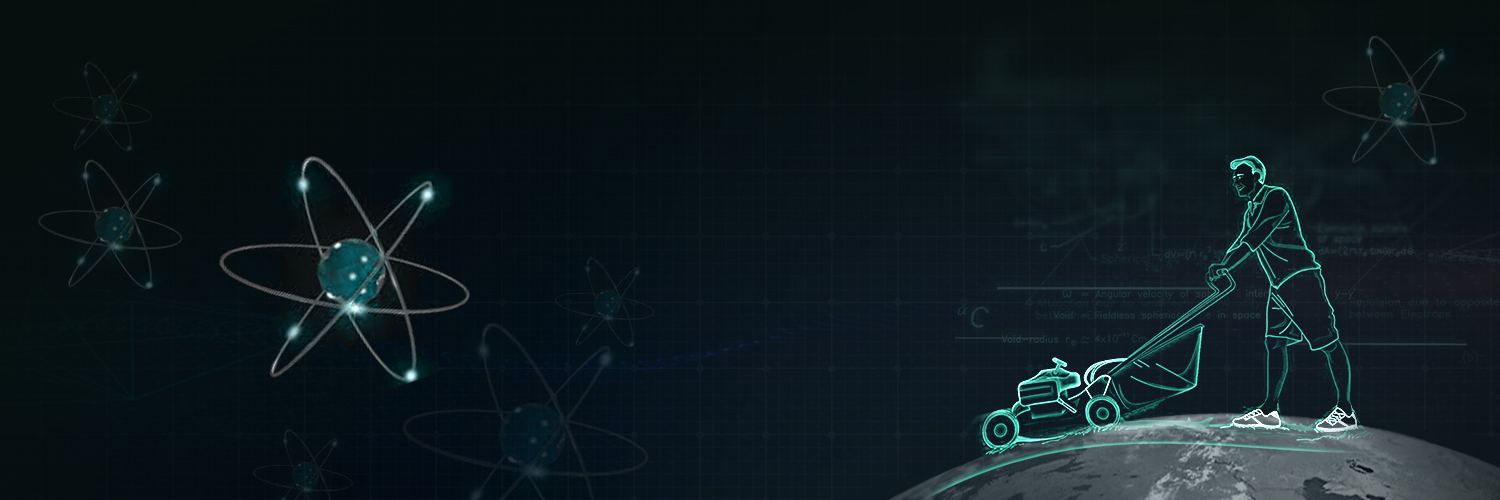COMPARISON: ECHO VS REVERBERATION
Reverberation is same as the echo, except that the distance between source of sound and also the obstacle through which it gets reflected is lesser in case of this reverberation.
ADVANTAGES OF REVERBERATION
Reverberation enhances the quality of sound. When the right amount of reverberation is present, the sound quality gets enhanced drastically. This in turn, does wonders in musical symphonies and orchestra halls. So, sound engineers are appointed during the construction of these halls.
HOW CAN WE REDUCE REVERBERATIONS?
The methods used for reducing excessive reverberation in big halls and auditoriums are as follows:
- Panels made of sound-absorbing materials (like compressed fibreboard or left) are put on the walls and ceiling of big halls and auditoriums to reduce reverberations.
- Carpets are put on the floor to absorb sound and reduce reverberations.
- Heavy curtains are put on doors and windows to absorb sound and reduce reverberations.
- The material having sound-absorbing properties is used for making the seats. Porous materials such as mineral wool and fiberglass are examples of absorbents. As the sound waves penetrate mineral wool, sound energy gets converted to heat through friction.
